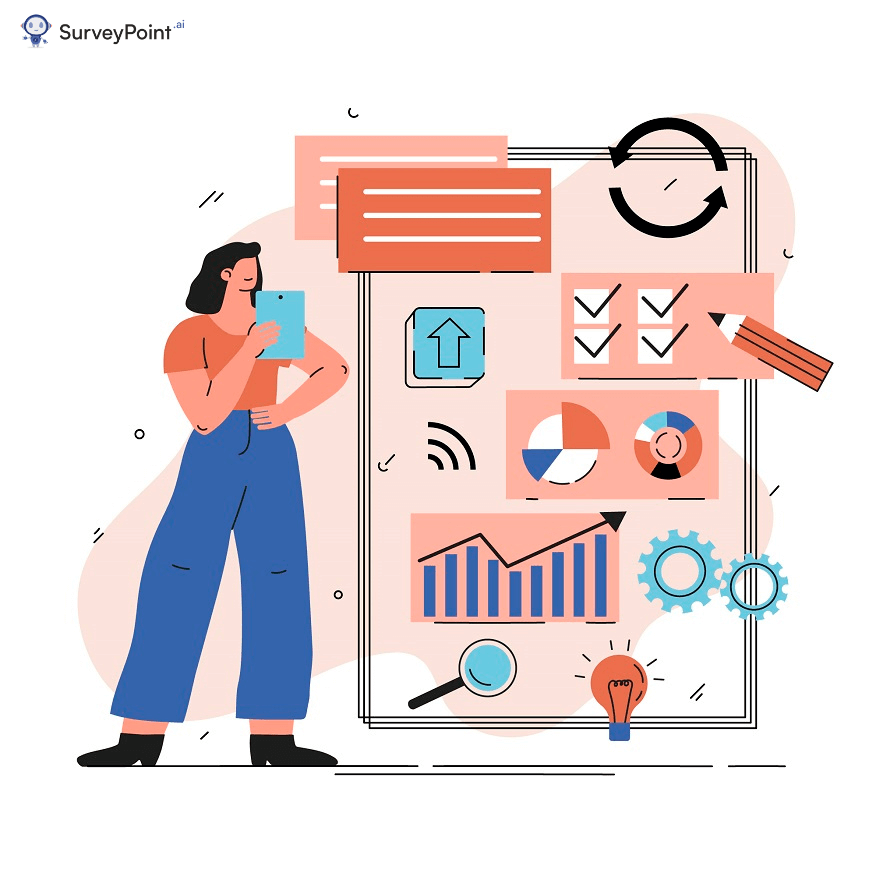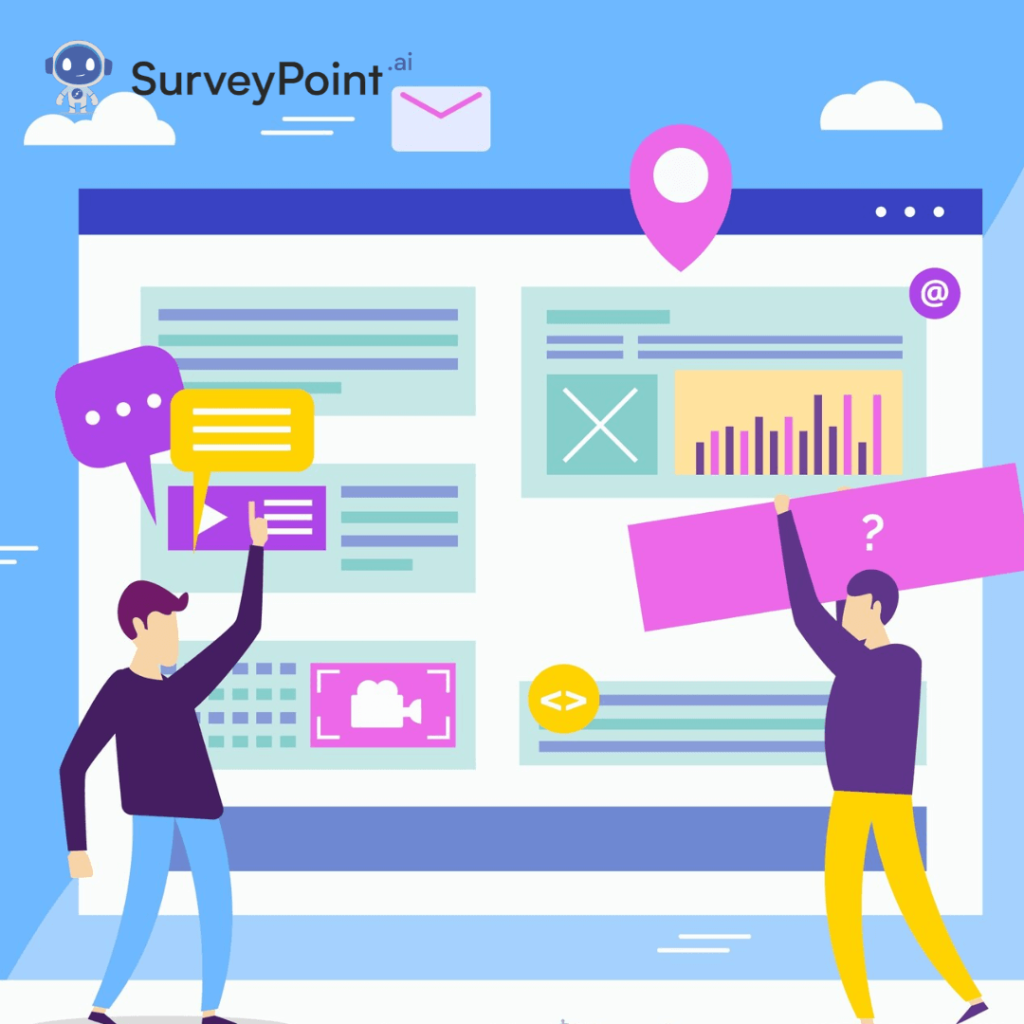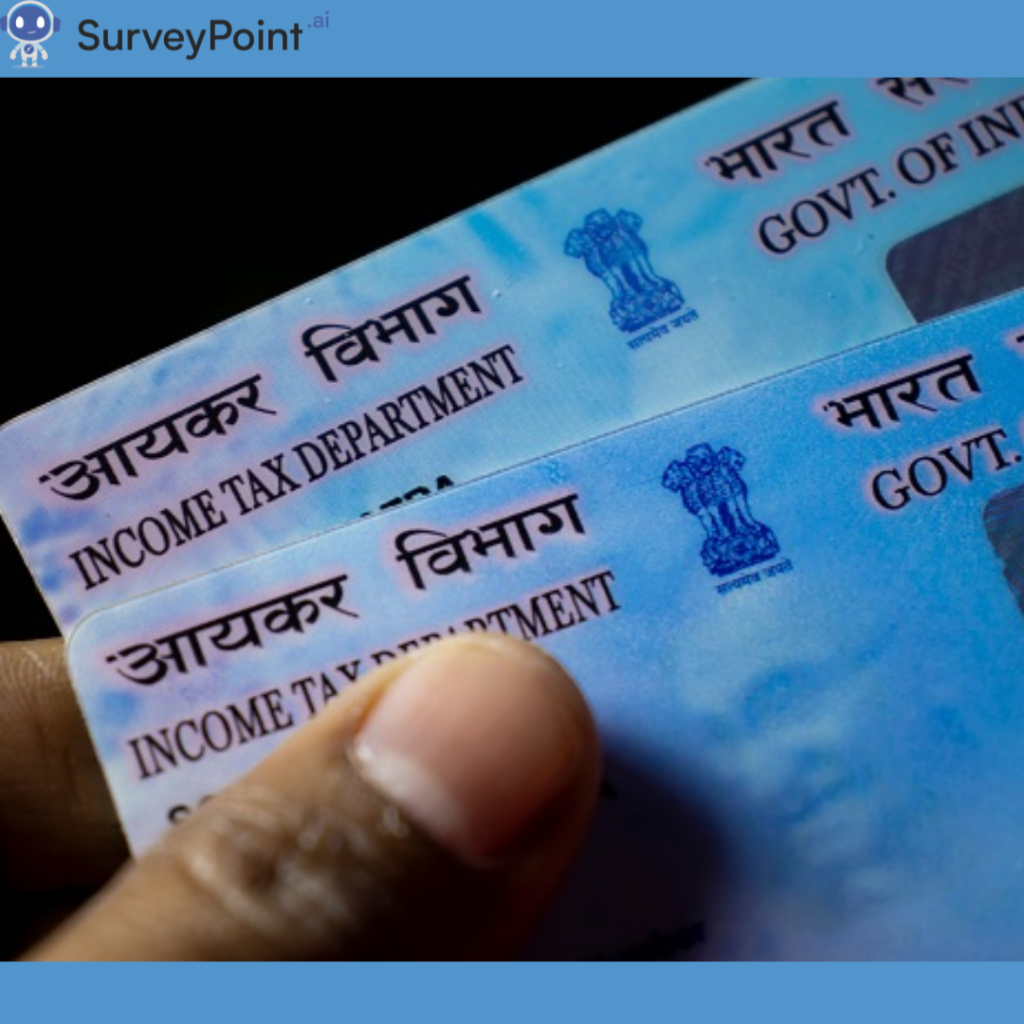
Are you new to the realm of business? Then I bet you have heard the term “product research” floating around. But what does it mean? And more importantly, how can it help develop new products? I’m sure these questions have been buzzing around your mind, and if so, then you’ve come to the right place!
Whether you’re an entrepreneur launching your first product or an established business planning to expand your product line, this guide is valuable. We will discuss the different product research methods and the best time to use each!
What are the Types of Product Research Methods?
An important aspect of building a successful product is knowing what your potential customers need and want! This is where product research steps in. There are several methods, like surveys, focus groups, concept testing, and interviews, that can be used:
Surveys
In this method, the questionnaire is distributed to a target group to collect data. For example, if an online clothes shop wants to introduce a new product line, they might use surveys to ask potential customers about their preferences.
This can include style, color, fabric, and price range. The data gathered can then be analyzed to create a new product line. Surveys are cost-effective, convenient, and can reach a vast audience.
Focus Groups
This involves gathering a small group of people and discussing the product. For example, a tech startup is developing a new fitness app.
They could arrange a focus group with many fitness enthusiasts. They can discuss what features they find valuable in an app, their challenges with current apps, and their expectations from a new one if one is made. This method provides qualitative data that offers insights into people’s preferences.
Concept Testing
Another valuable research method is concept testing. It involves presenting an idea or prototype of a product to potential users and getting their initial reaction. For example, a food and beverage company might want to launch a new soda flavour. They can use concept testing to give a sample to a select group of consumers and gather their feedback. These can be based on taste, packaging, and pricing. This method helps refine the product before its final launch.
Interviews
Interviews are more personal and interactive than surveys, which use set questions. A home appliance manufacturer, for example, might conduct one-on-one interviews with its existing customers.
This way, they can understand how consumers use their products, their difficulties, and what improvements they want to see. Interviews provide in-depth information about individual experiences, opinions, and ideas.
Best Time for Product Research
Conducting timely and efficient product research is extremely important for a product to make its mark in the market. The three best times to perform product research are mentioned below:
Idea Generation Phase
When we have a new idea for something, like a fun new toy, it’s like thinking, “Would my friends like this game if I brought it to school?” But on a bigger scale.
Take the electric cars made by a company called Tesla, for instance. They first checked if people were interested in cars that didn’t need petrol. People were, so they decided to make them!
Their research showed a potential market for electric vehicles, which led to the inception of their now-famous line of cars.
ALSO READ: A Guide to Product Positioning: Types, Examples, and StrategiesProduct Development Phase
After we decide we like our idea, we need to figure out what it should look like and how it should work. This is like thinking about what your game needs to be fun. For example, when Apple made the first iPhone, they didn’t just decide to make a screen phone. They also thought about how big it should be and how people would use it.
Product research at this stage helps to determine the product’s features, design, and functionality based on what consumers need and prefer.
Post-Launch Phase
You’ve launched your product. Now what? Sit back and relax. Not so fast! After we have made and sold our new thing, we need to listen to what people think about it. This helps us make it even better next time!
For example, Netflix, the website where we watch movies and shows, always checks to see what people like to watch. Then they can suggest other shows we might like or make new ones! This data is then used to curate content, improve the user experience, and even create successful original programming.
The post-launch phase is a critical time for product research. Here, the focus is on consumer feedback and the product’s market performance.
Is there a Product Research Process?
The world is always changing, and so should your products. With these simple steps, you are well on your way to creating successful products that meet the needs of your consumers.
Step 1: Identifying Opportunities
The first step is identifying opportunities in the market. This can be done by studying trends, customer needs, and gaps in existing offerings.
For example, let’s say you run a coffee shop and notice a rise in demand for vegan food. You can take advantage of this trend by incorporating vegan pastries into your menu.
Step 2: Defining the Product
Once you’ve identified a market opportunity, the next step is to define the product. This involves describing what the product would be, its features, benefits, and who it is for.
For instance, you could introduce ‘Vegan Muffins,’ highlighting features like ‘100% plant-based,’ ‘rich in fibre,’ and ‘cholesterol-free.’
Step 3: Market Research
Market research helps you understand the competitive landscape and potential consumers. You might discover how many coffee shops offer vegan pastries in your area, the price points, and customer preferences.
For example, you could conduct a survey to find out if customers would prefer ‘blueberry’ or ‘chocolate’ vegan muffins.
Step 4: Feasibility Study
A feasibility study will help determine whether creating the product is practical.
In our example, you need to consider the costs of sourcing vegan ingredients, production, and potential pricing for vegan muffins.
Step 5: Product Design and Development
Once the product idea proves feasible, moving into the design and development phases is time. This could involve creating a prototype.
For instance, you could bake a small batch of your vegan muffins and refine the recipe until you get it just right.
Step 6: Testing
Before the full-fledged launch, it’s crucial to test the product. You might host a tasting event at your coffee shop to get feedback on vegan muffins.
Step 7: Launch
If the testing phase goes well, it’s time to launch. This might include promoting the new vegan muffins through social media and in-store signage in the coffee shop scenario.
ALSO READ: 10 Powerful Product Survey Questions for Better InsightsFuture Prospects of Product Research
After reading about how product research can help you learn and grow in many ways, I’m sure you understand the importance of product research for the success of your product.
However, product research isn’t a one-time thing. It’s a continuous process. This is because market situations change, and other companies keep changing their game plans – you should do the same.
By continuously researching products, you can stay ahead, focusing on what your customers want and need. This approach will give you the best chance to make your product a hit!




